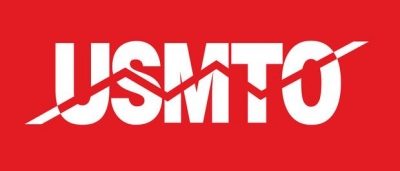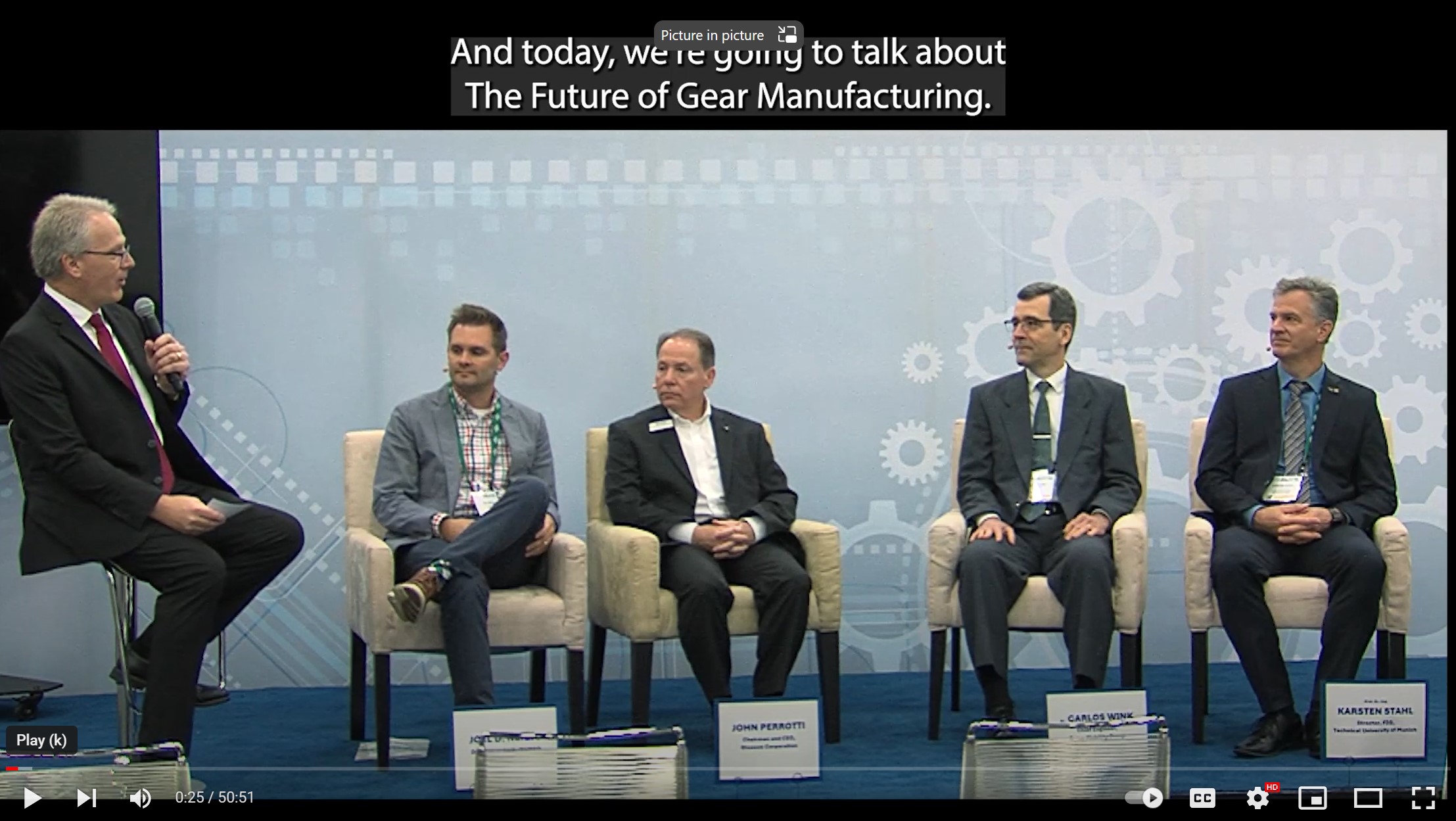USMTO Orders Push Recovery into Seventh Month

The expansion of manufacturing technology orders slowed in August, but continued to push recovery into its third quarter according to the latest U.S. Manufacturing Technology Orders report. August orders were up 16 percent from July and 14 percent from August 2016.
The recovery has not been smooth. Every month the list of industries and regions that have seen expansion changes from the previous month, different from the recovery experienced after the deep 2009 recession. As industry leaders and analysts gather in Atlanta this week at AMT’s Global Forecasting and Marketing Conference (GFMC) to share insights into the future of the manufacturing technology market, the signs are for a rocky but continuing climb in orders into 2018.
“The 16 percent growth in orders in August was surprising as orders tend to slow during the summer months,” said AMT President Doug Woods.“Meetings with our industry’s top executives at the European manufacturing technology show in Hannover – EMO – were peppered with optimism for continued growth through the rest of 2017 and into 2018. Still, Washington can shore up that optimism if they can find the will to collaborate on tax reform to build an even stronger basis on which to invest in U.S. manufacturing capacity."
“The conclusion I draw from the USMTO data is that the U.S. market for manufacturing technology is in the midst of a significant recovery, and our leading indicators support that statement,” said AMT VP – Strategic Analytics Pat McGibbon. “The U.S. isn’t alone in this recovery, as nine out of 10 of our peers from the top 10 manufacturing technology producing nations recently said that their nations’ production levels will rise in 2018.”
Conversations with AMT members pointed to a concern about the sudden slowdown in orders from the automotive industry during August, which fell by nearly 30 percent from July. August orders continued to expand in the face of that deficit, though, thanks to significant growth in orders placed by the job shop industry, power generation and several significant aerospace projects. Though the northeast typically benefits from growth in aerospace investments, the region still recorded a 4 percent decline in orders relative to July. Every other USMTO region posted double-digit increases and the south central region posted a near doubling of orders in August.
The key leading indicators point to an improving market environment that would support an expansion of capital spending on additional capacity in the durable goods industry. Corporate profits for durable goods manufacturers were up 5 percent at the end of the second quarter of 2017 vs. the first quarter and up 11 percent from the same quarter in 2016. Customers have the financial resources to invest and are motivated to do so with the current low interest rates, particularly since many expect rates to increase over the next two years.
More optimism comes from the ISM PMI, which climbed to greater than 60 in September, the first time since June 2004. The rise in the PMI is consistent with increases in both industrial production and capacity utilization rates, suggesting that production needs to be increased to address expected increases in demand. The backlog of unfilled orders to current shipment rates is 20 percent greater than historical 20- and 15-year averages, which tends to encourage imports to offset the demand deficit and encourage capacity expansion. These trends suggest continued growth in manufacturing technology orders over the next six months.





